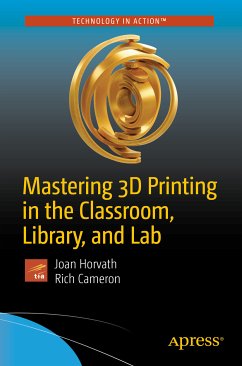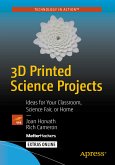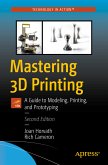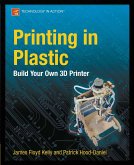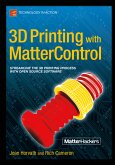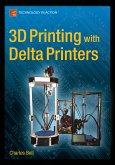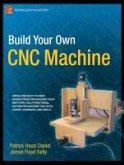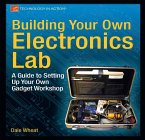Learn how to manage and integrate the technology of 3D printers in the classroom, library, and lab. With this book, the authors give practical, lessons-learned advice about the nuts and bolts of what happens when you mix 3D printers, teachers, students, and the general public in environments ranging from K-12 and university classrooms to libraries, museums, and after-school community programs.
Take your existing programs to the next level with Mastering 3D Printing in the Classroom, Library, and Lab. Organized in a way that is readable and easy to understand, this book is your guide to the many technology options available now in both software and hardware, as well as a compendium of practical use cases and a discussion of how to create experiences that will align with curriculum standards.
You'll examine the whole range of working with a 3D printer, from purchase decision to curriculum design. Finally this book points you forward to the digital-fabrication future current students will face, discussing how key skills can be taught as cost-effectively as possible.
Dieser Download kann aus rechtlichen Gründen nur mit Rechnungsadresse in A, B, BG, CY, CZ, D, DK, EW, E, FIN, F, GR, HR, H, IRL, I, LT, L, LR, M, NL, PL, P, R, S, SLO, SK ausgeliefert werden.

